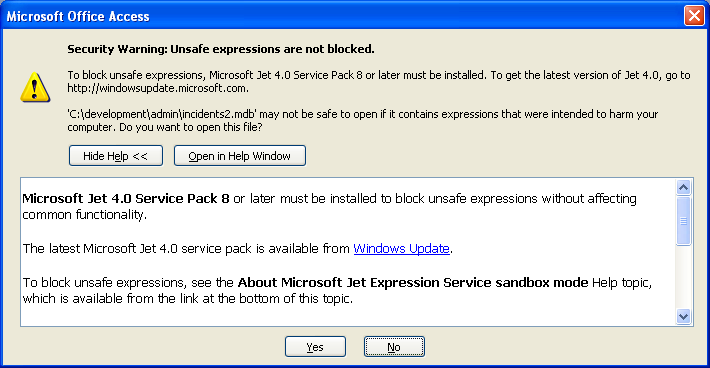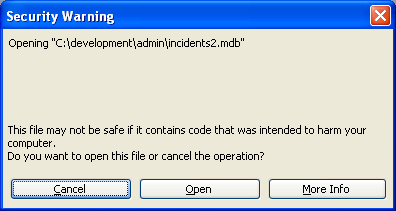Django authentication has security roles and CRUD permissions baked in from the get-go, but there’s a glaring omission: those roles, or Groups, are expected to be loaded by some competent administrator post-installation. Groups are an excellent method of assigning access control to broad roles, but they don’t seem to be a first-class concept in Django.
It seems that you can kind-of save these values in by doing an export and creating a fixture, which will automatically re-load at install time, but that’s not terribly explicit – not compared to code. And I’m not even sure if it will work. So here’s my solution to programmatically creating Django Groups.
management.py, which is created in the same directory as your models.py and is automatically run during python manage.py syncdb:
from django.db.models import signals
from django.contrib.auth.models import Group, Permission
import models
myappname_group_permissions = {
"Cinema Manager": [
"add_session",
"delete_session",
"change_ticket",
"delete_ticket", # for sales reversals
"add_creditcard_charge", # for sales reversals
],
"Ticket Seller": [
"add_ticket",
"add_creditcard_charge",
],
"Cleaner": [ # cleaners need to record their work
"add_cleaning",
"change_cleaning",
"delete_cleaning",
],
}
def create_user_groups(app, created_models, verbosity, **kwargs):
if verbosity>0:
print "Initialising data post_syncdb"
for group in volunteer_group_permissions:
role, created = Group.objects.get_or_create(name=group)
if verbosity>1 and created:
print 'Creating group', group
for perm in myappname_group_permissions[group]:
role.permissions.add(Permission.objects.get(codename=perm))
if verbosity>1:
print 'Permitting', group, 'to', perm
role.save()
signals.post_syncdb.connect(
create_user_groups,
sender=models, # only run once the models are created
dispatch_uid='myappname.models.create_user_groups' # This only needs to universally unique; you could also mash the keyboard
)
And that’s it. Naturally, if the appropriate action_model permissions don’t exist there’s going to be trouble. The code says: After syncdb is run on the models, call create_user_groups.



